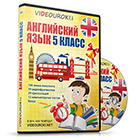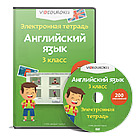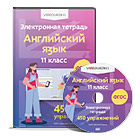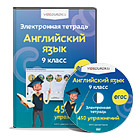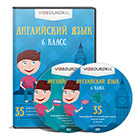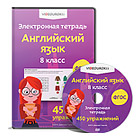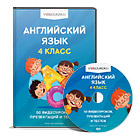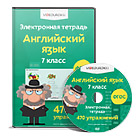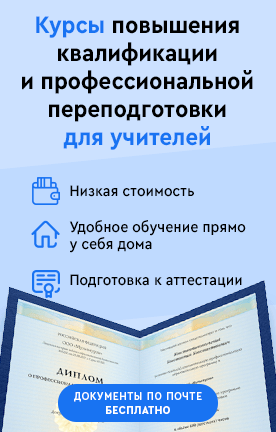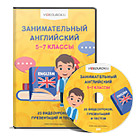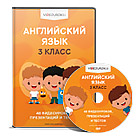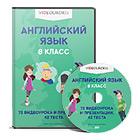We may use pictures and exhibitions during every English lessons
Создайте Ваш сайт учителя Курсы ПК и ППК Видеоуроки Олимпиады Вебинары для учителей
Using pictures and exhibitions during the English lessons
Вы уже знаете о суперспособностях современного учителя?
Тратить минимум сил на подготовку и проведение уроков.
Быстро и объективно проверять знания учащихся.
Сделать изучение нового материала максимально понятным.
Избавить себя от подбора заданий и их проверки после уроков.
Наладить дисциплину на своих уроках.
Получить возможность работать творчески.
Просмотр содержимого документа
«Using pictures and exhibitions during the English lessons»
Предмет: Английский язык
Категория: Планирование
Целевая
аудитория: 6 класс.
Урок соответствует ФГОС
Полезное для учителя
Распродажа видеоуроков!
1550 руб.
2220 руб.
1800 руб.
2570 руб.
1620 руб.
2310 руб.
1570 руб.
2240 руб.
Курсы ПК и ППК для учителей!
800 руб.
4000 руб.
800 руб.
4000 руб.
800 руб.
4000 руб.
800 руб.
4000 руб.
ПОЛУЧИТЕ СВИДЕТЕЛЬСТВО МГНОВЕННО
* Свидетельство о публикации выдается БЕСПЛАТНО, СРАЗУ же после добавления Вами Вашей работы на сайт
Удобный поиск материалов для учителей
Проверка свидетельства
